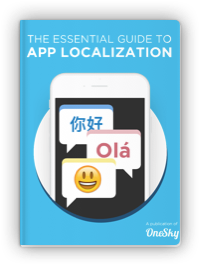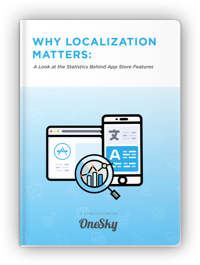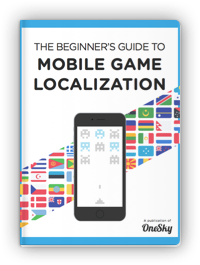App translator
Translating Your App: Internationalization and Localization
What do I need to be aware of before translating my app?
You’re curious about getting your product to a new market, or maybe 20. You’re wondering what the technical requirements are to build an international product. You want to reach more users, turn a higher profit, and go global—but you have no idea what’s ahead.
Don’t worry, you’re come to the right place. This short intro will guide you through some key concepts about the localization process.
Because great products deserve a chance to go global, and we want to help you get there.
The 2 main processes behind translating your app:
App translation has two main processes:
- Internationalization (sometimes written as “i18n”) is the process where you prepare your code for translation. This includes making sure your code supports different letters, symbols, and script directions (i.e. for languages that read right to left.)
- Localization (“l10n”) comes next. Localization is more than just translating the words; all your content should fit the target culture, which means having appropriate graphics, terms, etc. This is so your user has a positive experience with the whole app, not just the words themselves.
Together, these two workflows make up the app translation process. There is no magical app translator. It’s a major project, so you have to make sure you’re prepared with the right tools.
How app translation tools can help
One key to successful localization is finding a good translation management system (TMS), a platform that allows you to collaborate on your translations. On its most basic level, a TMS will keep you organized by tracking plans and fostering better team communication. A great TMS goes beyond that, with features that help you do the following:
1. Automate key steps with handy integrations.
A TMS allows you to automatically import and export resource files, as well as set up triggered notifications for other team members. Our OneSky TMS’ multiple integrations work well with other tools and platforms to allow for continuous delivery and localization.
2. Avoid duplication.
When you update your app, you often add new content while keeping some of the old. A TMS will instantly recognize the new pieces, and earmark them for translation.
3. Ensure highest translation quality.
A good TMS will include built-in quality assurance features, such as a glossary and reference materials, screenshot feature that allows translators to view context of your app for their work, placeholder validations, and length limits.
There is no doubt that localization is worth it. A great TMS will make sure it is as painless as possible.

//


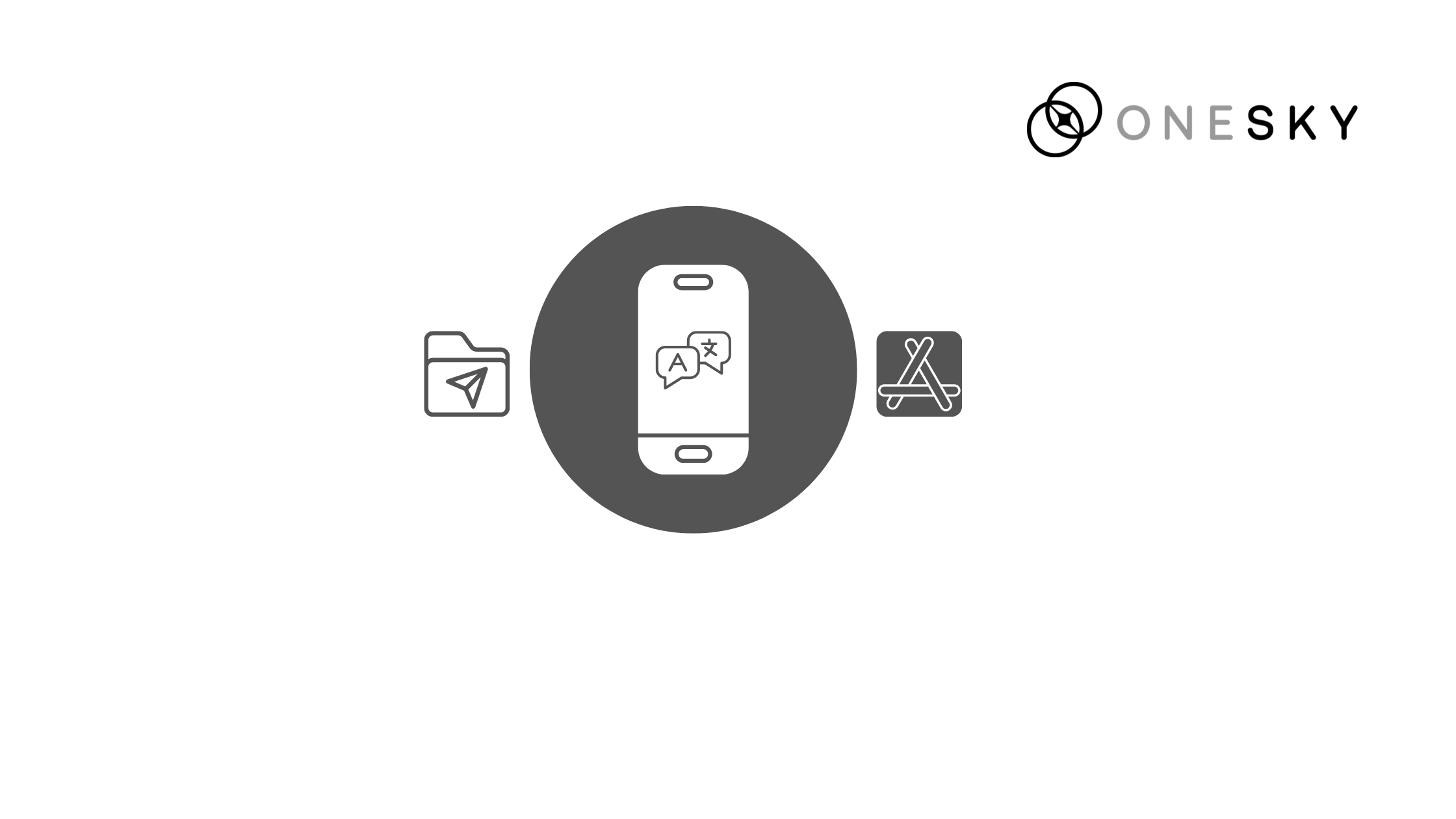


 Written by
Written by 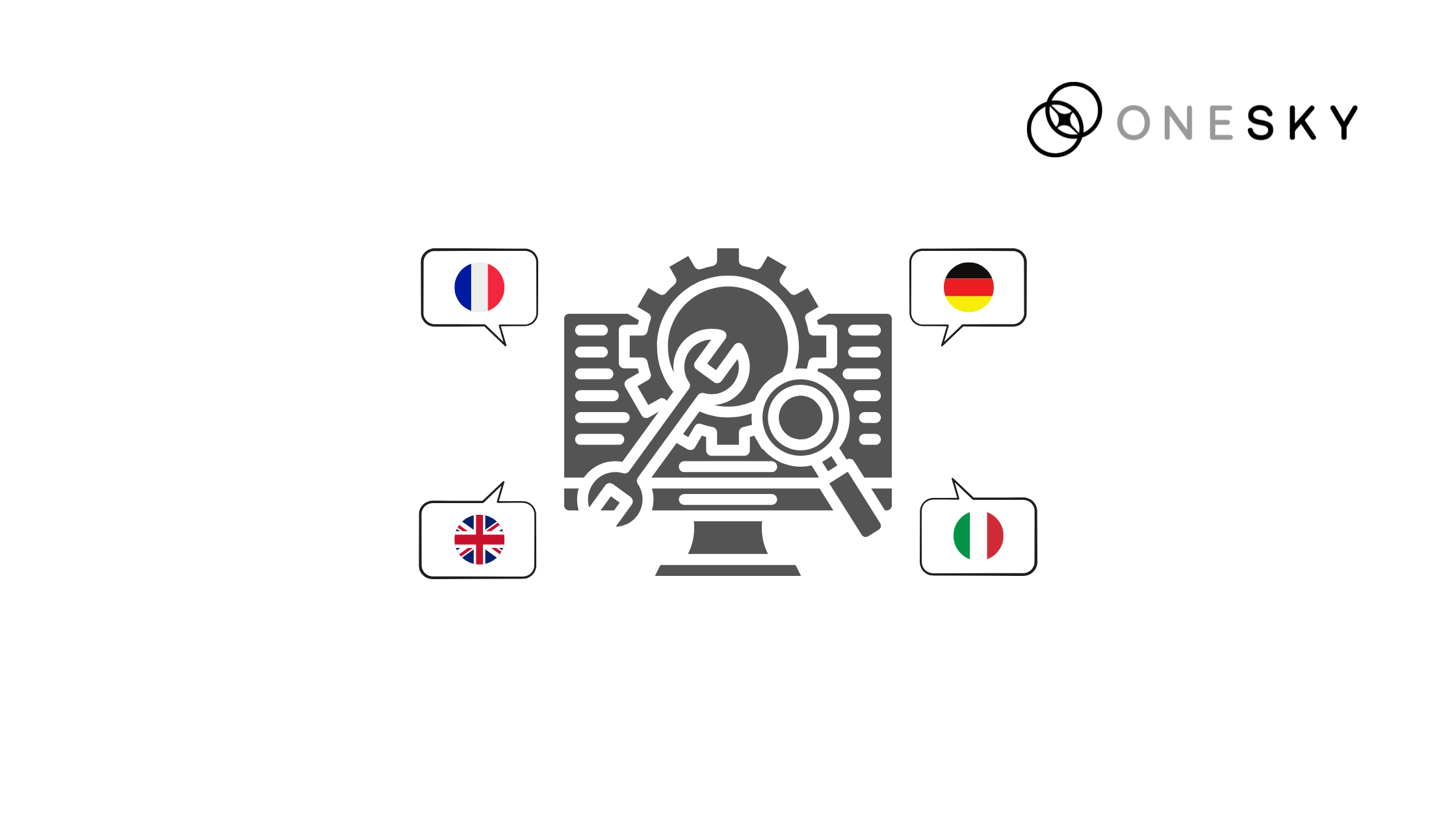
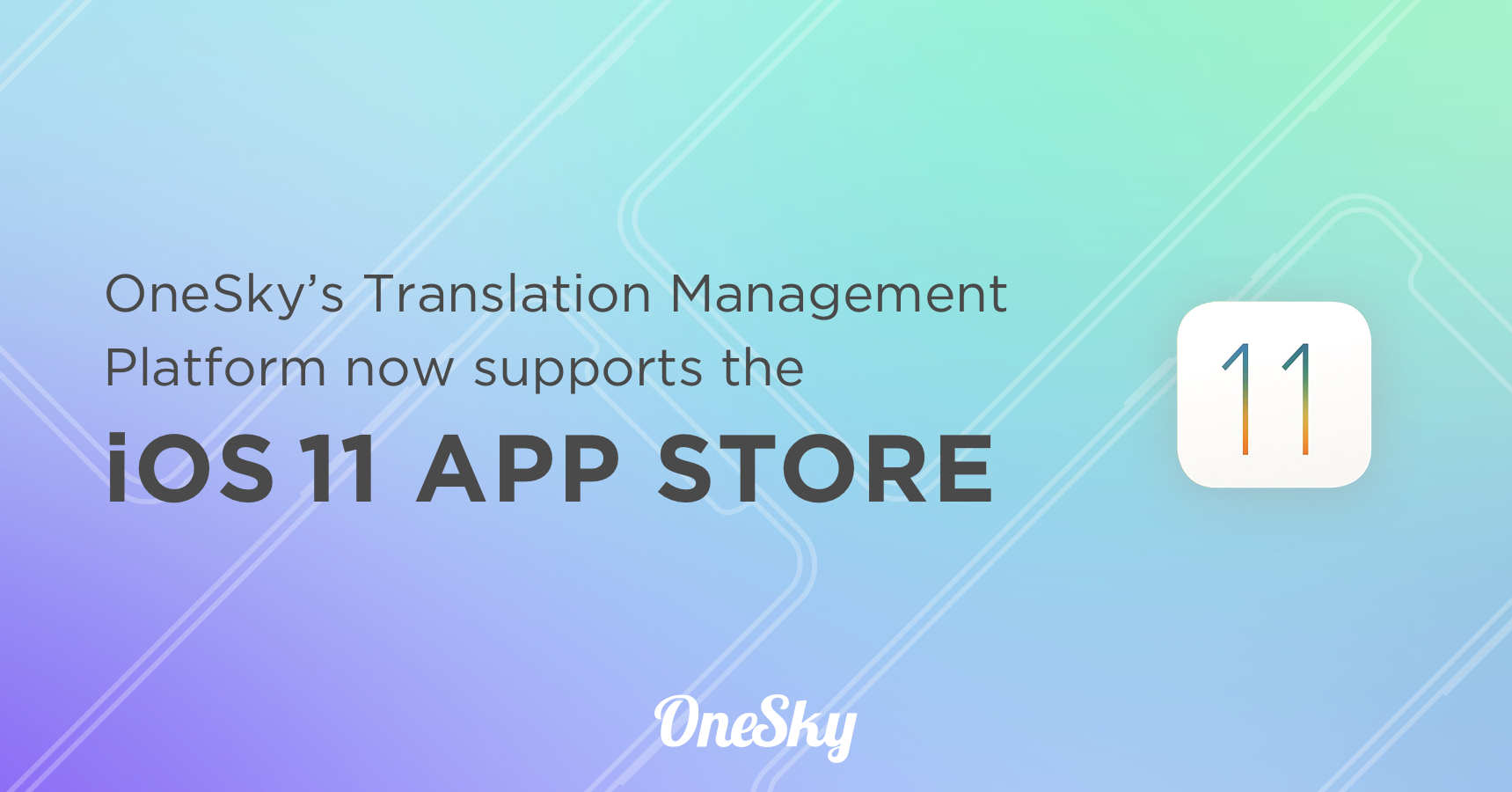
 Written by
Written by 
